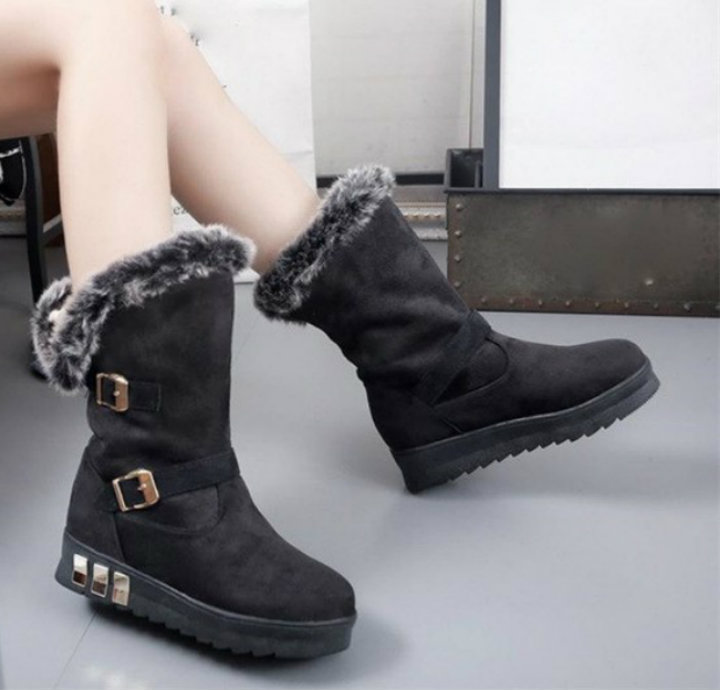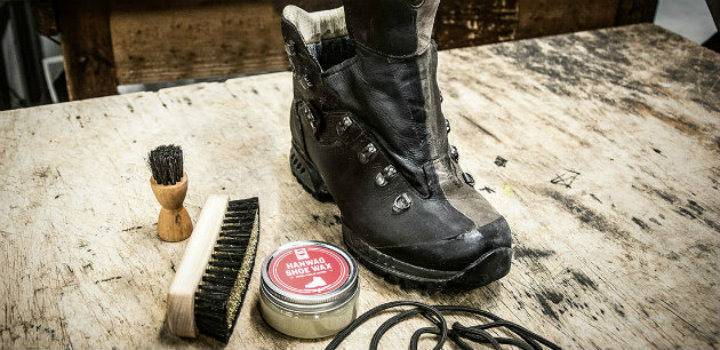If you are someone who likes to stay active and this year you want to give winter sports a try, the first and foremost thing to consider is proper equipment. That being said, finding the right snow boots is paramount as it can make or break your experience on the slopes. Snow boots are not like the usual type of winter boots, they are made to protect your feet from the harsh conditions present on the slopes. There are a few aspects that can impact whether you are making the right choice for you.
Material
The most common materials you can find in snowboots are leather, suede, nylon and polyester which are almost always going to be combined with rubber or some kind of rubber. Nylon is a very tough material but also a highly elastic one, whilst being easy to clean and very durable since it is water and stain resistant but it fades easily and it has a shiny appearance. Polyester is very much like nylon with the added benefit of being able to retain its colour very well when faced against the sun, but it is not very good at keeping stains from oils.

Leather makes the boot durable and comfortable since it is easily stretched to fit your feet, but it loses on breathability and needs extra effort to maintain. Like leather, suede also adapts easily to your feet and it is a pain to keep them in good shape, but when combined with suede fur they make for extremely insulative boots. If you are going to a place where it is very cold, make sure you get a pair with the corresponding thermal rating.
Keeping your feet dry is part of every footwear but snow boots are next level in this lane as most of them are fully waterproof since they combine a rubber sole with either a polyester or nylon upper. However, wearing fully waterproof boots means that your feet are likely to get a bit sweaty since the air inside cannot escape the boots. While this is the case with most snow boots, some come with a waterproof membrane which makes them breathable too, but remember that these are more likely to get wet the more you expose them to water.

Every type of snow boots features rubber as it provides good traction and allows you to move safely on an icy surface. Snow boots come with grooved threads on the sole which improve grip and prevent you from slipping. If you don’t think the sole of your boot is good enough you can always add snow grips which wrap around the sole. Snow boots usually lace up all the way to the top and come with extra padding around the foot in order to provide support. This also helps when walking on ice as it provides support throughout the full length of your foot.
Finding the Right Size
The shape of both your feet and the boots can help you find a pair that is comfortable and has a snug fit. For example, if you have wide feet it is recommended to avoid snow boots that have a seam at the widest part of the foot. If you have a high instep go with shoes that have a zipper placed on the front, part of the heel or on the side of the boot.
Remember if you are buying boots in the summer your feet will be swollen and larger, this means that you’ll need to measure them. The same goes for the length of your feet and knowing the exact measurements goes a long way in finding the most fitting snowboots. This way you can compare the size of your feet to the manufacturer’s size chart – if you have half-sized feet look for it on the chart as some manufacturers may have it.

Here’s how you’ll measure your feet:
1. First make sure you have an A4 piece of paper, a ruler and a pen.
2. Put your foot on the paper
3. Put a dot where your heel ends and one where your longest toe ends
4. Measure the distance between the two dots
Maintenance
No matter how durable, if they are going to be used frequently, you will need to look after your snow boots well. When it comes to cleaning the outside of the boots, first you need to fill up a bowl with warm water and dampen a clean sponge in it. Then wipe off the dirt on the uppers of the boot – use a footwear brush for stains and tougher dirt. Rinse the sponge and clean the dirt off the sole. Once you are done, leave the boots to air dry, don’t put them near a heat source or tumble dry them. Leaving them to dry near a heat source can damage the glue that holds the soles together. Unless your snowboots are of a lighter colour, you can stuff them with newspaper to help draw out the moisture. Otherwise, you’ll transfer the printout on your boot.

You can re-proof your boots with a waterproofing spray – spray the boots evenly and let them dry out naturally. Keep salt stains from your boots by using white vinegar and water. Mix one part water with two parts vinegar and scrub your boots until the white rings disappear. Dry leather may not be the end of your boots but it is certainly not a good sign either so it’s best that you apply a leather conditioner especially after the vinegar bath. This will restore the initial sheen of your boots. Baking soda can be used to remove scuffs too. This is done by dipping a soft cloth in water and then in baking soda, just be gentle when rubbing the cloth on the boots. If you have rubber boots use scouring powder and make sure to wipe the boots off afterwards with a damp cloth and buff dry them.
Additional Tips
Make sure you wear breathable socks especially if you are someone who sweats a lot. Don’t stay in your boots longer than you have to, remove them as soon as you get home from a walk. – why Over time insoles will get compressed and pile up a lot of bacteria, replacing them will make your boots smell like new. When you are done using your boots for the day leave them to air dry, again don’t try to speed up the process with a heater as it can make them smell worse.

If your boots already have a bad odour you can put a little bit of talcum powder in each and let it sit overnight. You can do the same with baking soda but after you pour it out, put a few drops of essential oils to give them a fresh new smell.